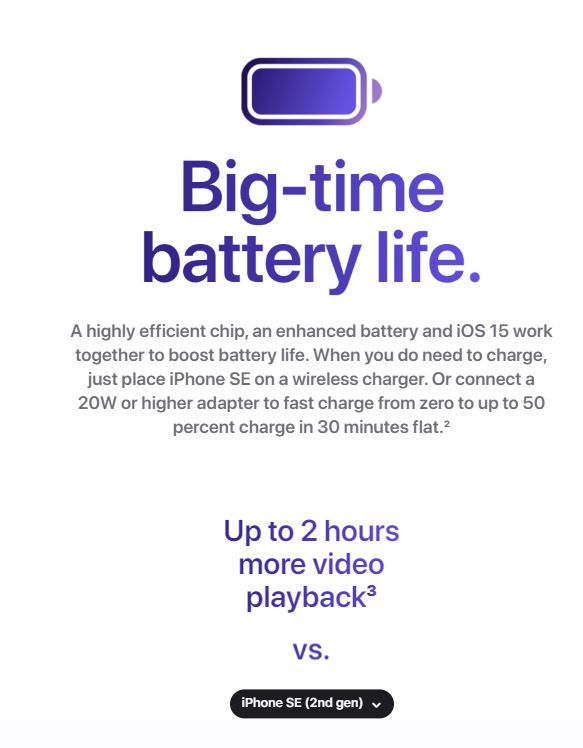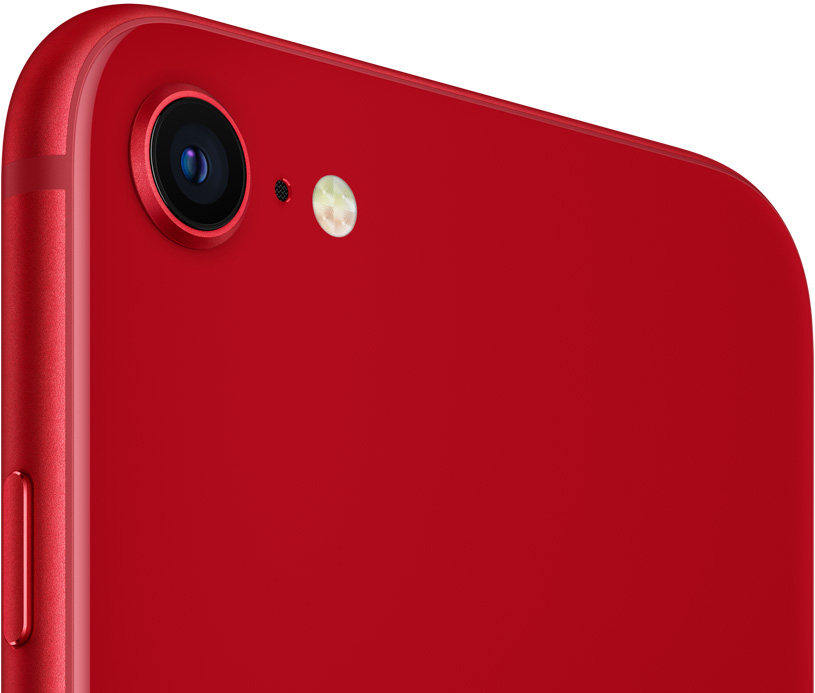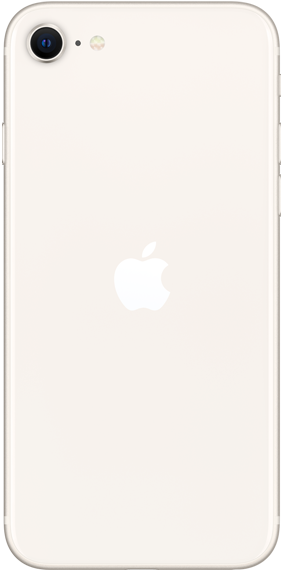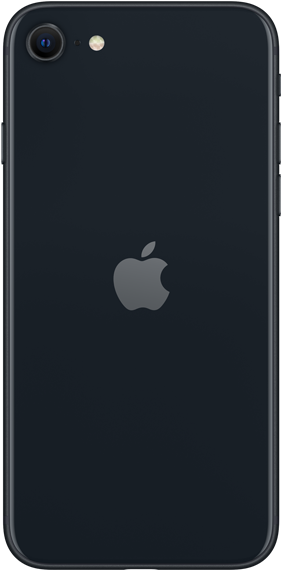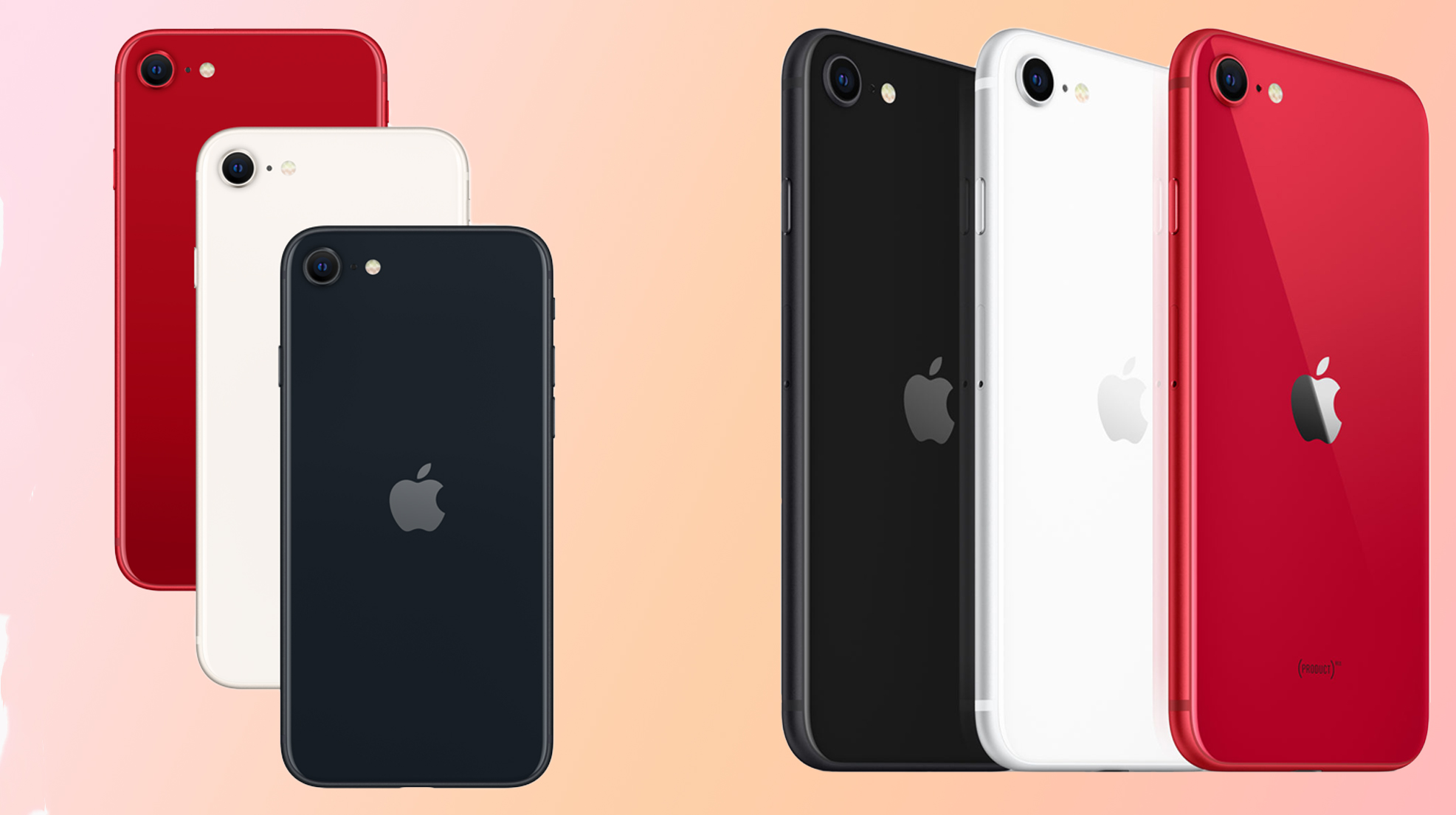
At its ‘Peek Performance’ event earlier today, Apple unveiled its long-rumoured updated 3rd-gen iPhone SE with an updated A15 bionic chip.
The entry-level smartphone isn’t available to pre-order until Friday, March 11th, so you don’t have to commit just yet. Rather, spend that time learning more about the device, and see if it is worth the upgrade, especially if you’re planning to move up from the 2020 SE to the 2022 one.
Let’s dive in and see how the iPhone SE compares to the… well… iPhone SE.
iPhone SE (2020)
iPhone SE (2022)
Display
4.7-inch, Retina HD, LCD display, 1334 x 750 pixels, HDR 10, Dolby Vision
4.7-inch, Retina HD, LCD display, 1334 x 750 pixels, HDR 10, Dolby Vision
Processor
Apple A13 Bionic
Apple A15 Bionic
RAM
3GB
4GB
Storage
64GB, 128GB, 256GB
64GB, 128GB, 256GB
Dimensions (in.)
138.4 x 67.3 x 7.3mm
138.4 x 67.3 x 7.3mm
Weight
148g
148g
Rear Facing Camera
12-megapixel (f/1.8, OIS, wide angle)
12-megapixel (f/1.8, OIS, wide angle)
Front Facing Camera
7-megapixel (f/2.2)
7-megapixel (f/2.2)
OS
iOS 13
iOS 15
Battery
1821mAh
Network Connectivity
GSM/HSPA/LTE
LTE/ 5G
Sensors
Touch ID, accelerometer, gyro, proximity, compass, barometer
Touch ID, accelerometer, gyro, proximity, compass, barometer
SIM Type
Nano SIM, eSIM
Nano SIM, eSIM
Launch Date
April 15, 2020
March 18, 2022
Misc
Colours: Black, White, Product Red
Colours: Starlight, Midnight, Product Red
Display
iPhone SE (2020)
4.7-inch, Retina HD, LCD display, 1334 x 750 pixels, HDR 10, Dolby Vision
iPhone SE (2022)
4.7-inch, Retina HD, LCD display, 1334 x 750 pixels, HDR 10, Dolby Vision
Processor
iPhone SE (2020)
Apple A13 Bionic
iPhone SE (2022)
Apple A15 Bionic
RAM
iPhone SE (2020)
3GB
iPhone SE (2022)
4GB
Storage
iPhone SE (2020)
64GB, 128GB, 256GB
iPhone SE (2022)
64GB, 128GB, 256GB
Dimensions (in.)
iPhone SE (2020)
138.4 x 67.3 x 7.3mm
iPhone SE (2022)
138.4 x 67.3 x 7.3mm
Weight
iPhone SE (2020)
148g
iPhone SE (2022)
148g
Rear Facing Camera
iPhone SE (2020)
12-megapixel (f/1.8, OIS, wide angle)
iPhone SE (2022)
12-megapixel (f/1.8, OIS, wide angle)
Front Facing Camera
iPhone SE (2020)
7-megapixel (f/2.2)
iPhone SE (2022)
7-megapixel (f/2.2)
OS
iPhone SE (2020)
iOS 13
iPhone SE (2022)
iOS 15
Battery
iPhone SE (2020)
1821mAh
iPhone SE (2022)
Network Connectivity
iPhone SE (2020)
GSM/HSPA/LTE
iPhone SE (2022)
LTE/ 5G
Sensors
iPhone SE (2020)
Touch ID, accelerometer, gyro, proximity, compass, barometer
iPhone SE (2022)
Touch ID, accelerometer, gyro, proximity, compass, barometer
SIM Type
iPhone SE (2020)
Nano SIM, eSIM
iPhone SE (2022)
Nano SIM, eSIM
Launch Date
iPhone SE (2020)
April 15, 2020
iPhone SE (2022)
March 18, 2022
Misc
iPhone SE (2020)
Colours: Black, White, Product Red
iPhone SE (2022)
Colours: Starlight, Midnight, Product Red
Display and design
One of the main differences between the 2nd and 3rd-gen iPhone SE design-wise is that the latter now features an iPhone 13-like glass back, which Apple says is the toughest glass on a smartphone ever (Apple says that whenever it releases a new device).
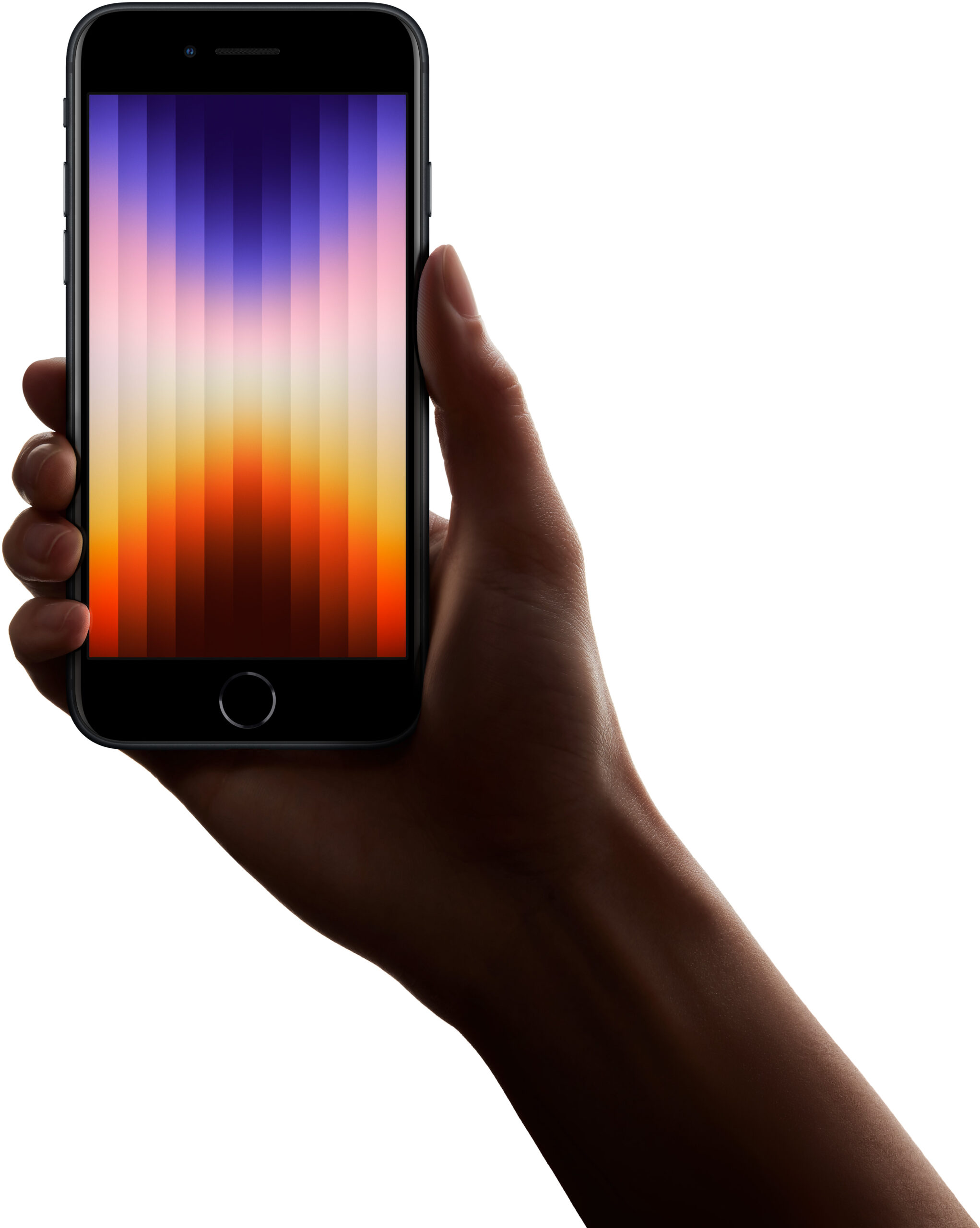
Other than that, the two smartphones look identical, with the same body and the same 60Hz 4.7-inch LCD panel with a 1334 x 750 pixel ratio and support for HDR10 and Dolby Vision. Like its predecessor, the 2022 iPhone SE retains the Touch ID home button and broad top and bottom bezels, along with IP67 water and dust resistance.
Internals
In addition to the tough glass back, the 2022 iPhone SE takes another aspect of the iPhone 13 — its chip. The 3rd-gen iPhone SE runs on Apple’s in-house A15 Bionic chip which allows it to offer 5G connectivity, a feature that was missing in the 2nd-gen iPhone SE which ran on the A13 Bionic.
While we are not exactly sure about the 3rd-gen SE’s battery size, Apple’s website does say that it offers up to two hours more video playback than the 2020-release iPhone SE. Additionally, like its predecessor, the new smartphone offers wireless charging, though it is still missing MagSafe support.
Both models are available in 64, 128 and 256GB storage variants.
Camera
The two variants which were released two years apart feature the exact same single-camera setup on the front and rear of the device, though that doesn’t mean the camera isn’t more capable.
The 2020-release iPhone SE sports an f/2.2 7-megapixel camera on the front and a f/1.8 12-megapixels one on the back, and Apple decided it is going to stick with the same setup for its new SE offering. However, the new smartphone, thanks to an updated chip, has a few new tricks up its sleeve.
The new chip allows the device to do near-instant computations after you take a snap to adjust lighting, along with Smart HDR 4 that refines contrast and helps retain accurate skin tones.
The 3rd-gen iPhone SE also takes advantage of Deep Fusion, which Apple first released with iOS 13.2 for the iPhone 11, 11 Pro and Pro Max, a feature that wasn’t available with the 2nd-gen SE. According to Apple, “Deep Fusion studies multiple exposures pixel by pixel to capture the subtlest details, textures and patterns in your final shot.”
Another upgrade directly tied to the 3rd-gen iPhone SE’s camera that doesn’t necessarily involve clicking photos is Live Text. Live Text was introduced last year with iOS 15 and allows users to scan text in the real world and convert it into digital text. That is just a brief explanation of Live Text. For an in-depth tutorial on how to use it, click here.
Colours and pricing
Upon release, the 2nd-gen iPhone SE was available in ‘Black,’ ‘White’ and ‘Product Red colourways in 64GB, 128GB and 256GB storage variants. The device was priced at $599 for the 64GB version, $699 for the 128GB version and $809 for the top-of-the-line 256GB model.
The new 2022-release iPhone SE is available in ‘Midnight,’ Starlight’ and ‘Product Red’ colourways. The former two colours are the same as ‘Black’ and ‘White,’ albeit in a fancier lingo.
Like its predecessor, the 3rd-gen iPhone SE is also available in 64GB, 128GB and 256GB variants for $579, $649 and $789, respectively.
Worth the upgrade?
While the 3rd-gen iPhone SE doesn’t seem to have any monumental upgrades over its predecessor at first glance, the A15 Bionic chip is sure to make the daily-use experience feel smoother and faster, along with added camera features that the 2nd-gen iPhone SE couldn’t get its hands on. The upgraded chip also means that the 2022-release iPhone SE can survive longer per charge, all while offering 5G connectivity.
With added features comes an added cost? Not really. The 3rd-gen iPhone SE is actually $20 cheaper than its predecessor, making it the new affordable iPhone king.
For everything revealed during Apple’s March event, follow this link.
Image credit: Apple
MobileSyrup may earn a commission from purchases made via our links, which helps fund the journalism we provide free on our website. These links do not influence our editorial content. Support us here.

